Docker est une plate-forme qui permet de créer, déployer et démarrer les applications facilement en utilisant les conteneurs. Le développement avec Docker accélère également les applications, car il partage le noyau et d’autres ressources Linux.
Dans ce guide nous allons voir comment installer docker sur CentOS 7.
Pour voir les 15 commandes que vous pouvez utiliser fréquemment quand vous travaillez avec docker clique ici.
Désinstaller les anciens version Docker :
Assurez-vous qu’aucune version docker n’est installé sur votre OS en tapant la commande ci-dessous :
[root@docker ~]# sudo yum remove docker \
docker-client \
docker-client-latest \
docker-common \
docker-latest \
docker-latest-logrotate \
docker-logrotate \ docker-engine
Loaded plugins: fastestmirror
No Match for argument: docker
No Match for argument: docker-client
No Match for argument: docker-client-latest
No Match for argument: docker-common
No Match for argument: docker-latest
No Match for argument: docker-latest-logrotate
No Match for argument: docker-logrotate
No Match for argument: docker-engine
No Packages marked for removalMettre à jour le système :
[root@docker ~]# yum update -y Loaded plugins: fastestmirror Loading mirror speeds from cached hostfile base: mirror.marwan.ma extras: repo.nixval.com updates: mirror.marwan.ma Resolving Dependencies --> Running transaction check ---> Package bind-export-libs.x86_64 32:9.11.4-26.P2.el7_9.4 will be updated ---> Package bind-export-libs.x86_64 32:9.11.4-26.P2.el7_9.5 will be an update ---> Package device-mapper.x86_64 7:1.02.170-6.el7_9.4 will be updated ---> Package device-mapper.x86_64 7:1.02.170-6.el7_9.5 will be an update ---> Package device-mapper-event.x86_64 7:1.02.170-6.el7_9.4 will be updated ---> Package device-mapper-event.x86_64 7:1.02.170-6.el7_9.5 will be an update ---> Package device-mapper-event-libs.x86_64 7:1.02.170-6.el7_9.4 will be updated ---> Package device-mapper-event-libs.x86_64 7:1.02.170-6.el7_9.5 will be an update ---> Package device-mapper-libs.x86_64 7:1.02.170-6.el7_9.4 will be updated ---> Package device-mapper-libs.x86_64 7:1.02.170-6.el7_9.5 will be an update ---> Package firewalld.noarch 0:0.6.3-12.el7 will be updated ---> Package firewalld.noarch 0:0.6.3-13.el7_9 will be an update ---> Package firewalld-filesystem.noarch 0:0.6.3-12.el7 will be updated
Installer les dépendances :
L’étape suivante est d’installer les dépendances requises pour installer docker :
[root@docker ~]# yum install -y yum-utils device-mapper-persistent-data lvm2 Loaded plugins: fastestmirror Loading mirror speeds from cached hostfile base: mirror.marwan.ma extras: repo.nixval.com updates: mirror.marwan.ma Package device-mapper-persistent-data-0.8.5-3.el7_9.2.x86_64 already installed and latest version Package 7:lvm2-2.02.187-6.el7_9.5.x86_64 already installed and latest version Resolving Dependencies --> Running transaction check ---> Package yum-utils.noarch 0:1.1.31-54.el7_8 will be installed --> Processing Dependency: python-kitchen for package: yum-utils-1.1.31-54.el7_8.noarch --> Processing Dependency: libxml2-python for package: yum-utils-1.1.31-54.el7_8.noarch --> Running transaction check ---> Package libxml2-python.x86_64 0:2.9.1-6.el7.5 will be installed ---> Package python-kitchen.noarch 0:1.1.1-5.el7 will be installed --> Processing Dependency: python-chardet for package: python-kitchen-1.1.1-5.el7.noarch --> Running transaction check ---> Package python-chardet.noarch 0:2.2.1-3.el7 will be installed --> Finished Dependency Resolution
Ajouter le dépôt :
Pour installer docker, il faut d’abord ajouter le dépôt docker avec la commande ci-dessous :
[root@docker ~]# yum-config-manager --add-repo https://download.docker.com/linux/centos/docker-ce.repo Loaded plugins: fastestmirror adding repo from: https://download.docker.com/linux/centos/docker-ce.repo grabbing file https://download.docker.com/linux/centos/docker-ce.repo to /etc/yum.repos.d/docker-ce.repo repo saved to /etc/yum.repos.d/docker-ce.repo
Vous pouvez voir que le dépôt a été bien installé :
[root@docker ~]# ll /etc/yum.repos.d/
total 44
-rw-r--r--. 1 root root 1664 Nov 23 10:08 CentOS-Base.repo
-rw-r--r--. 1 root root 1309 Nov 23 10:08 CentOS-CR.repo
-rw-r--r--. 1 root root 649 Nov 23 10:08 CentOS-Debuginfo.repo
-rw-r--r--. 1 root root 314 Nov 23 10:08 CentOS-fasttrack.repo
-rw-r--r--. 1 root root 8515 Nov 23 10:08 CentOS-Vault.repo
-rw-r--r--. 1 root root 616 Nov 23 10:08 CentOS-x86_64-kernel.repo
-rw-r--r--. 1 root root 1919 Apr 12 07:33 docker-ce.repoInstallation :
Nous pouvons enfin installer docker avec la commande ci-dessous :
[root@docker ~]# yum install docker
Une fois installé, démarrez docker et mettez le service en status enabled :
[root@docker ~]# systemctl start docker.service [root@docker ~]# systemctl enable docker
Installer une version spécifique de docker :
Listez d’abord les versions disponible avec la commande ci-dessous :
[root@docker ~]# yum list docker-ce --showduplicates | sort -r updates: mirror.marwan.ma This system is not registered with an entitlement server. You can use subscription-manager to register. : manager Loading mirror speeds from cached hostfile Loaded plugins: fastestmirror, product-id, search-disabled-repos, subscription- extras: repo.nixval.com docker-ce.x86_64 3:20.10.6-3.el7 docker-ce-stable docker-ce.x86_64 3:20.10.5-3.el7 docker-ce-stable docker-ce.x86_64 3:20.10.4-3.el7 docker-ce-stable docker-ce.x86_64 3:20.10.3-3.el7 docker-ce-stable docker-ce.x86_64 3:20.10.2-3.el7 docker-ce-stable docker-ce.x86_64 3:20.10.1-3.el7 docker-ce-stable docker-ce.x86_64 3:20.10.0-3.el7 docker-ce-stable docker-ce.x86_64 3:19.03.9-3.el7 docker-ce-stable docker-ce.x86_64 3:19.03.8-3.el7 docker-ce-stable docker-ce.x86_64 3:19.03.7-3.el7 docker-ce-stable docker-ce.x86_64 3:19.03.6-3.el7 docker-ce-stable docker-ce.x86_64 3:19.03.5-3.el7 docker-ce-stable docker-ce.x86_64 3:19.03.4-3.el7 docker-ce-stable docker-ce.x86_64 3:19.03.3-3.el7 docker-ce-stable docker-ce.x86_64 3:19.03.2-3.el7 docker-ce-stable docker-ce.x86_64 3:19.03.15-3.el7 docker-ce-stable docker-ce.x86_64 3:19.03.14-3.el7 docker-ce-stable docker-ce.x86_64 3:19.03.1-3.el7 docker-ce-stable docker-ce.x86_64 3:19.03.13-3.el7 docker-ce-stable docker-ce.x86_64 3:19.03.12-3.el7 docker-ce-stable docker-ce.x86_64 3:19.03.11-3.el7 docker-ce-stable docker-ce.x86_64 3:19.03.10-3.el7 docker-ce-stable docker-ce.x86_64 3:19.03.0-3.el7 docker-ce-stable
Cette commande affiche les versions disponibles sur le dépôt que nous avons installé.
Installer la version que vous souhaitez avec la commande ci-dessous :
yum install docker-ce-<VERSION STRING>Exemple :
[root@docker ~]# yum install docker-ce-17.06.2.ce
Test du docker :
Vérifiez que docker a été installé correctement avec la commande ci-dessous :
[root@docker ~]# docker run hello-world Unable to find image 'hello-world:latest' locally Trying to pull repository docker.io/library/hello-world latest: Pulling from docker.io/library/hello-world b8dfde127a29: Pull complete Digest: sha256:f2266cbfc127c960fd30e76b7c792dc23b588c0db76233517e1891a4e357d519 Status: Downloaded newer image for docker.io/hello-world:latest Hello from Docker! This message shows that your installation appears to be working correctly. To generate this message, Docker took the following steps: The Docker client contacted the Docker daemon. The Docker daemon pulled the "hello-world" image from the Docker Hub. (amd64) The Docker daemon created a new container from that image which runs the executable that produces the output you are currently reading. The Docker daemon streamed that output to the Docker client, which sent it to your terminal. To try something more ambitious, you can run an Ubuntu container with: $ docker run -it ubuntu bash Share images, automate workflows, and more with a free Docker ID: https://hub.docker.com/ For more examples and ideas, visit: https://docs.docker.com/get-started/


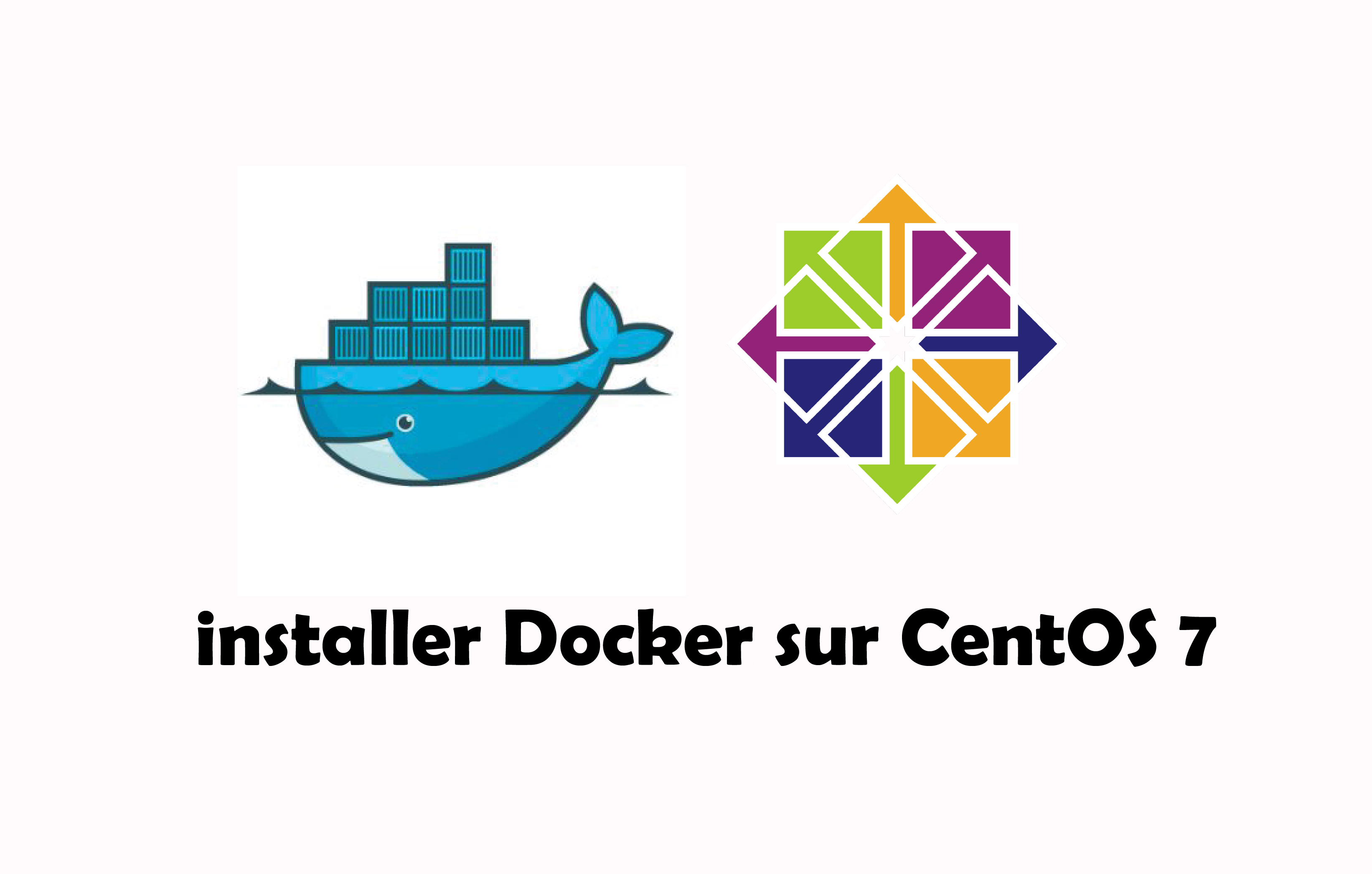
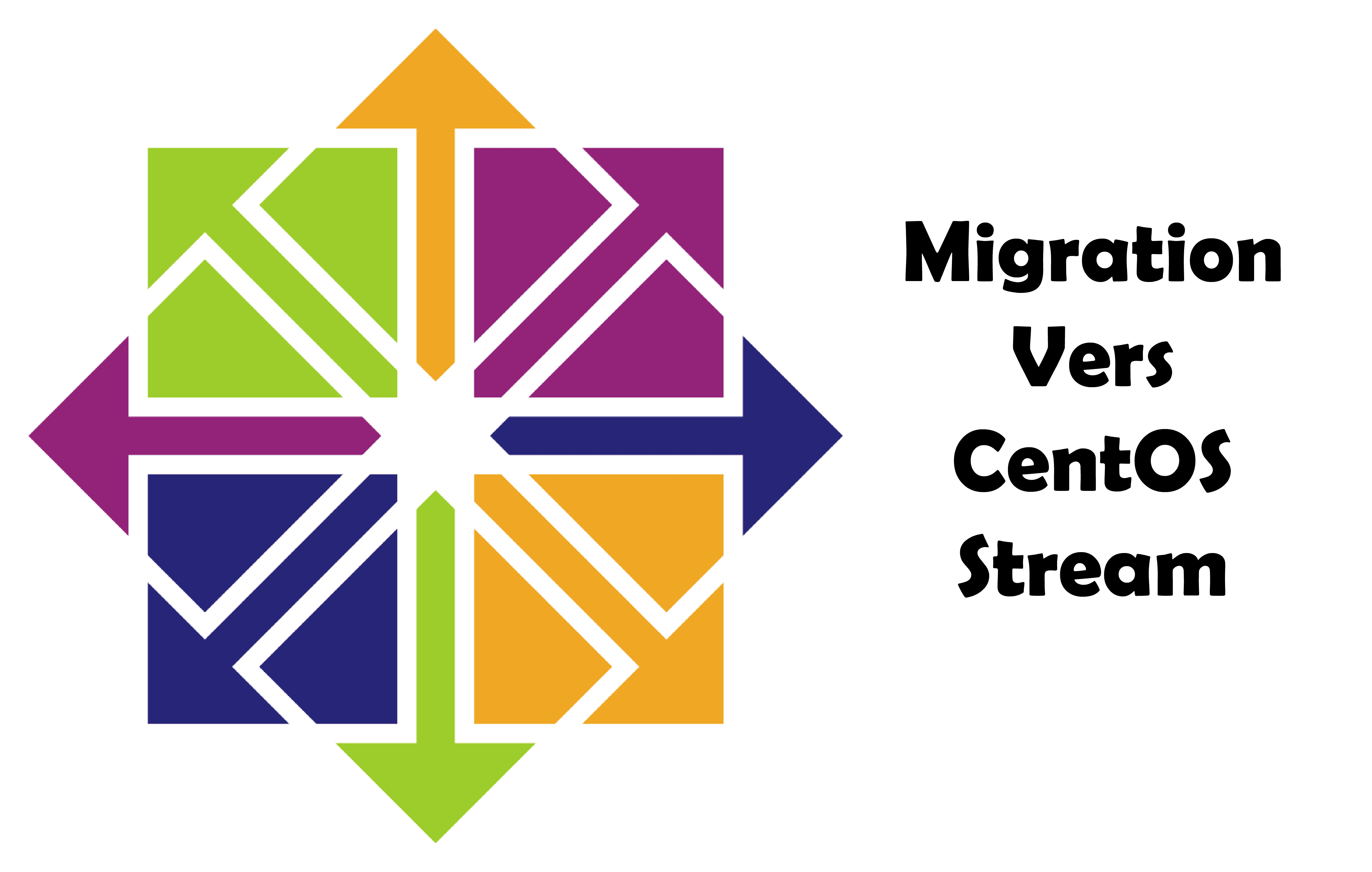
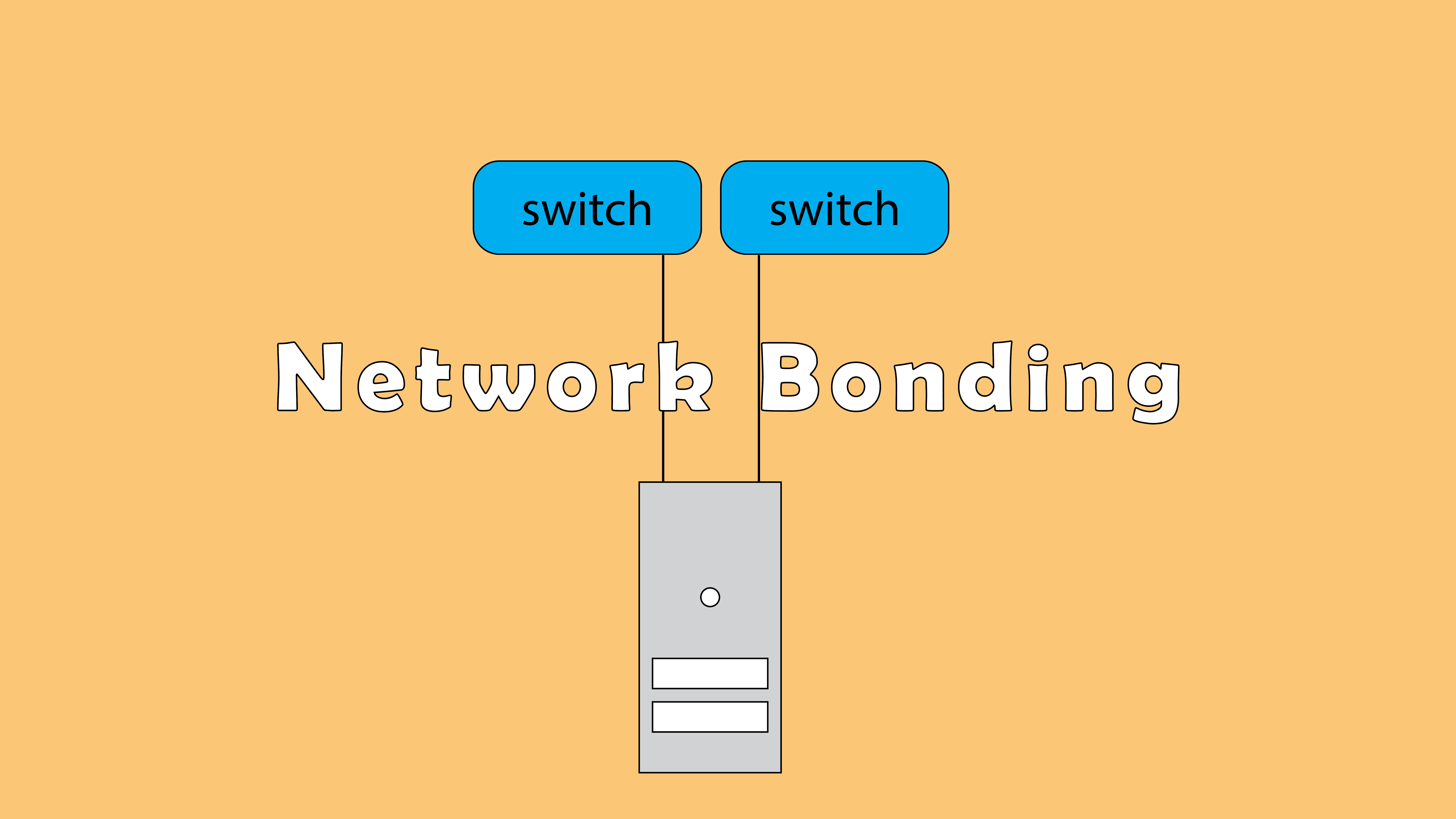
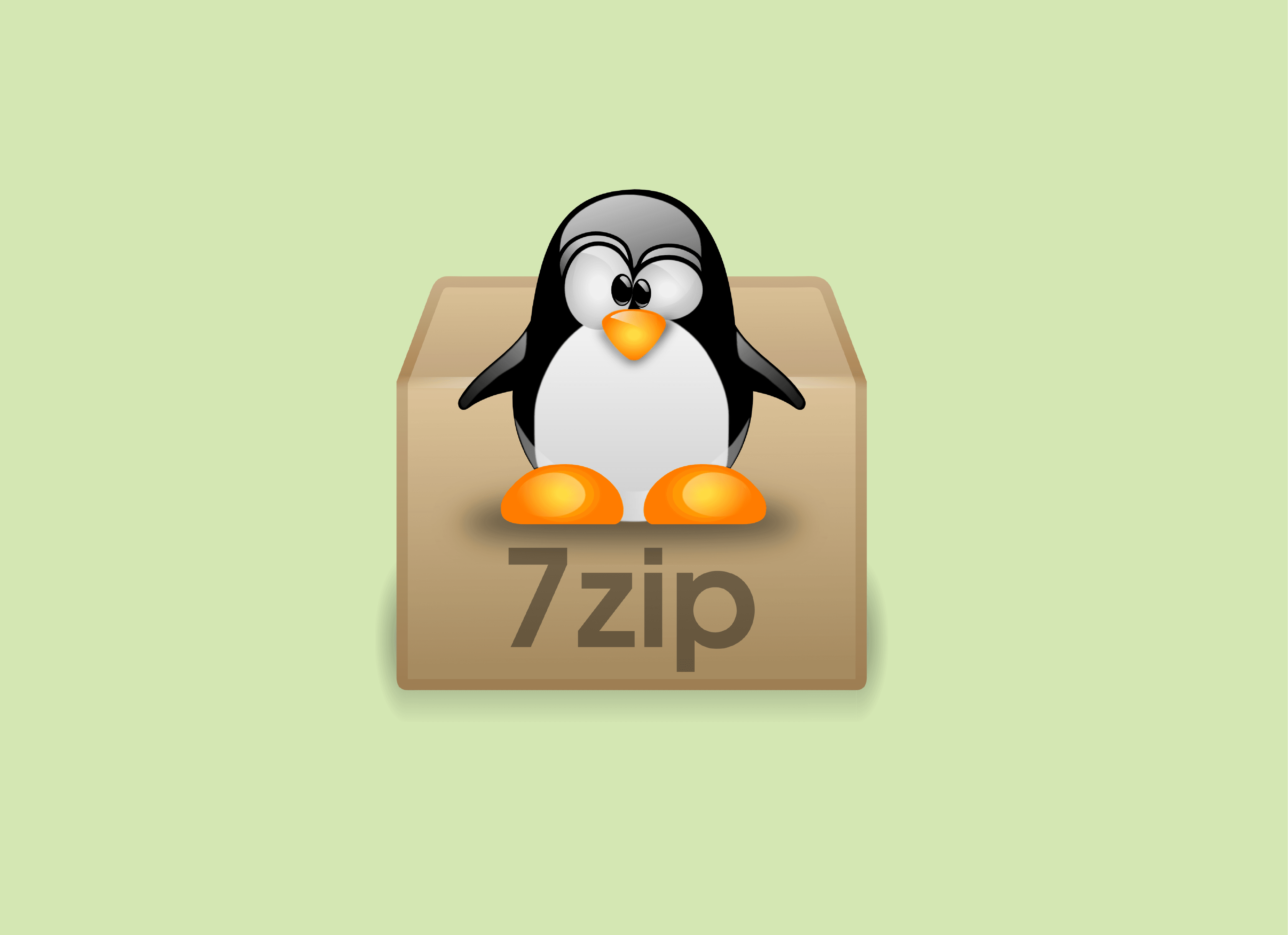
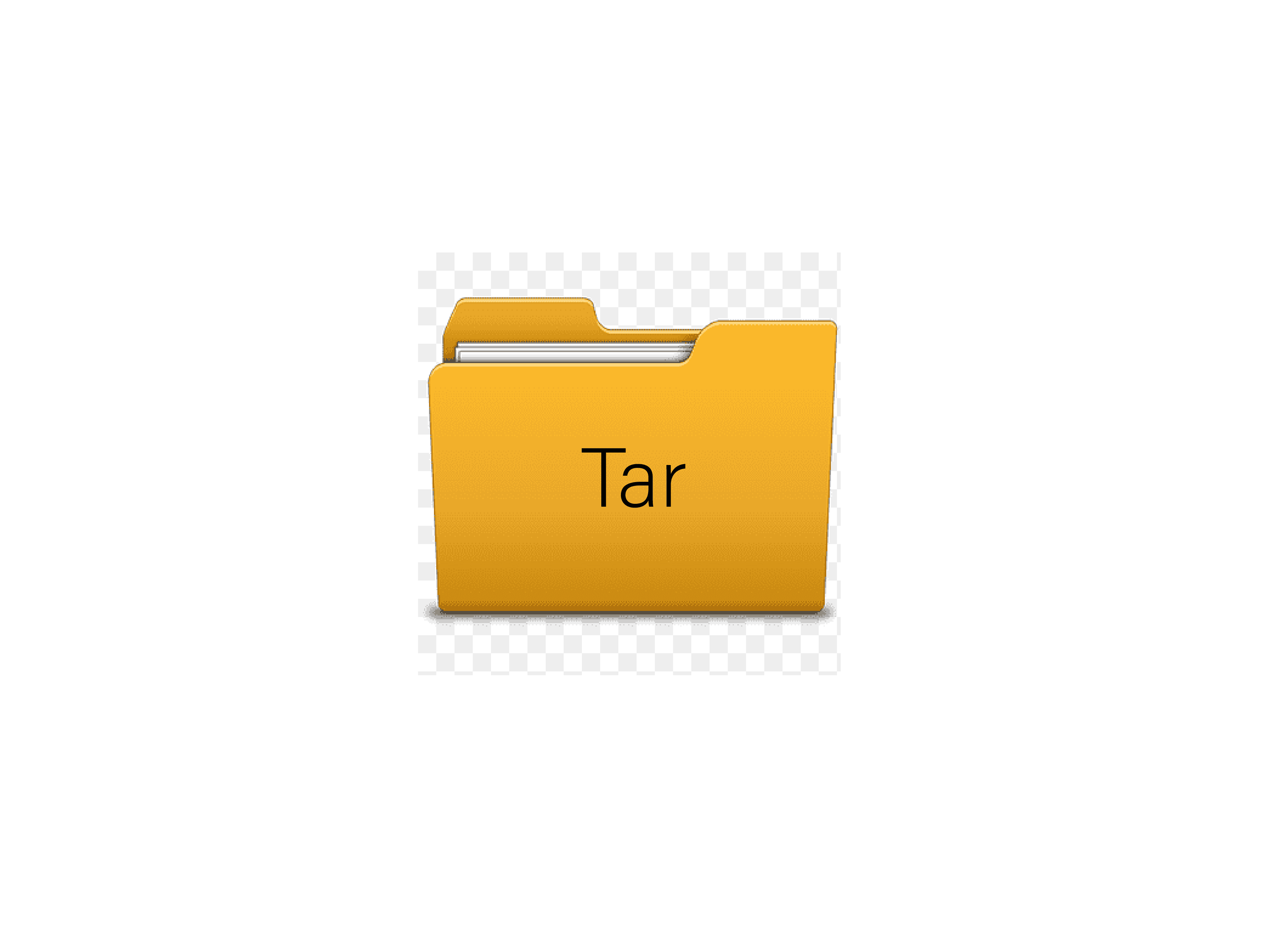
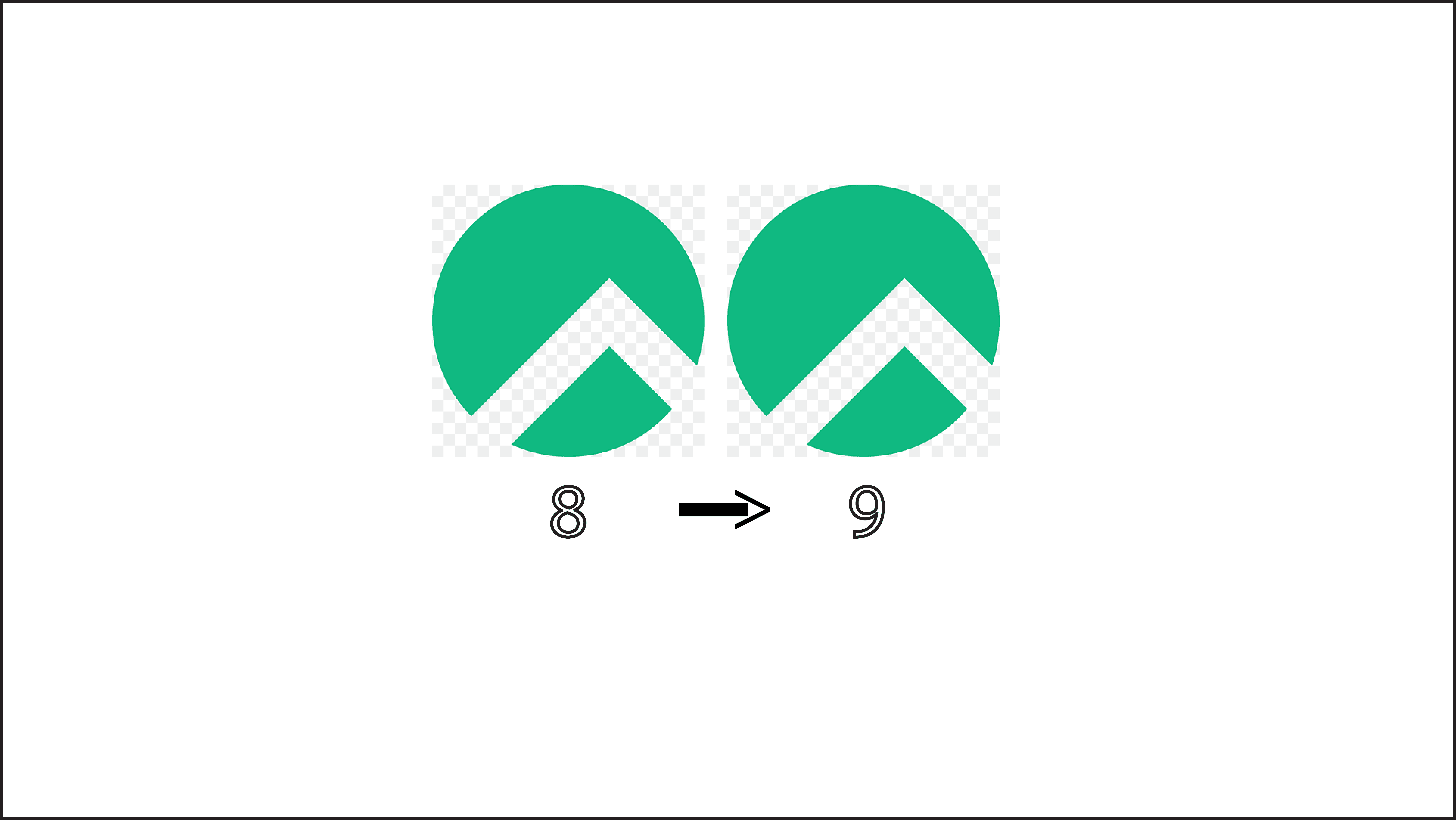
nmtui : Configurer une adresse IP sous Linux
Empêcher les utilisateurs sudoers d’exécuter des cmds sudo
Comment installer Nginx on Rocky Linux 9
Migrer Rocky Linux 8 vers Rocky Linux 9
Fail2Ban : How to protect Linux services